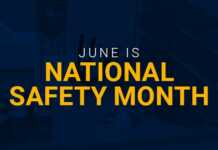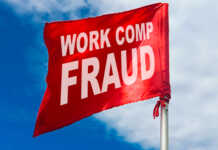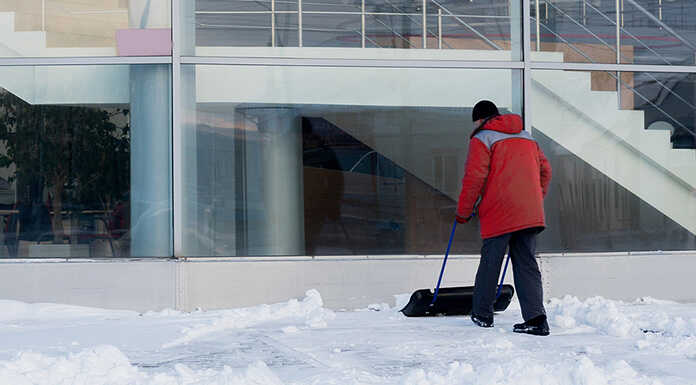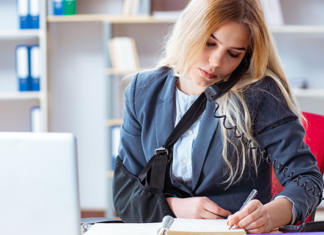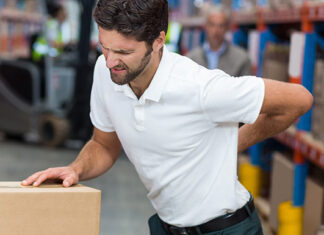In addition to cold stress, such as hypothermia, many people are seriously injured each year due to slips and falls in cold, wet conditions. Now is the time to start thinking about preventative measures to keep your team members safe this winter season.
Let’s review where slips and falls usually occur and some actionable preventative steps you and your team can take.
Where Do Slips and Falls Usually Occur?
Common locations for falls include driveways and sidewalks, stairs, ramps, and doorways, which are where most pedestrian traffic is experienced – it’s also due to the difference in temperatures between the solid surfaces and wet elements, which can create an icing effect.
Preventative Tips
During cold, wet conditions, best practices to prevent slips and falls in the workplace include:

1 – Assess the walking areas to identify potential hazards such as the build-up of snow/ice and, once identified, take corrective measures to eliminate or mitigate the risks. Be sure to wear the appropriate shoes and place the snow/ice where it will not create an additional risk.
2 – When necessary, perform de-icing efforts in all outdoor walking areas, and consistent efforts should be maintained to remove ice and water from indoor walking areas.
3 – Try to avoid slippery surfaces when walking, such as those covered in ice and those that don’t have non-slip surfaces. Take an alternate route!
4 – Remind your employees to focus on the travel path – refrain from reading, texting, etc.
5 – Wear the appropriate footwear – wear shoes with slip-resistant soles or over-shoes with good treads.
6 – Use handrails wherever they are available such as while using stairs and ramps.
7 – At the entrance, consider installing a mounted shoe scraper or a mat with a scraper surface, each of which can assist in removing excess snow and ice.
8 – Once inside, clean your shoes again or wear different shoes.
If you begin to experience a slip and fall, do not try to fight the fall as this can increase the risk of injury – the result of twisting or bending can be more severe than the fall itself.
If you start to slip and fall forward, you should try to roll with the fall. If you begin to fall backward, you should try to sit down.
Keep our tips in mind this winter and remind your employees often about slip and fall prevention. For additional information on preventing slips and falls, watch our on-demand webinar.




